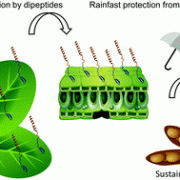
A bifunctional dipeptide functionalizes crop surfaces for sustainable pest management (Green Chemistry)
Plant Science Research WeeklyMost synthetic pesticides do not stick well on plants especially during raining season and can be washed off during irrigation shorty after application. Therefore, the farmer may need to apply several times or hope for dry days to spray. Swinges et al. developed a synthetic peptide with two separate…
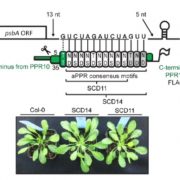
Designer pentatricopeptide repeat PPR protein as RNA affinity tag (Plant Cell)
Plant Science Research WeeklyPentatricopeptide repeat (PPR) proteins bind RNA, using a code in which specific amino acid motifs recognize specific bases, similar to TAL effector proteins. In plants, PPR proteins localize almost exclusively to mitochondria and chloroplasts, with functions including RNA, stabilization, splicing and…
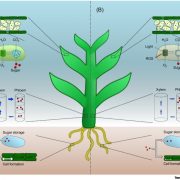
Review: Source–sink regulation in crops under water deficit ($) (Trends Plant Sci)
Plant Science Research WeeklyPlants have a remarkable ability to coordinate cellular activities across huge distances, yet we have only a basic understanding of how these remote activities are coordinated. A review by Rodrigues et al. summarizes what we know about the relationship between source (e.g., photosynthetic tissues) and…
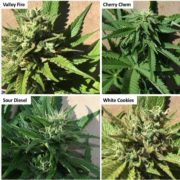
Gene networks underlying cannabinoid and terpenoid accumulation in cannabis (Plant Physiol)
Plant Science Research WeeklyRecent changes in the legal status of cannabis and cannabis-products have allowed renewed scientific interest in the genetic and metabolic basis of cannabis’ effects as well as the regulatory issues related to quality control of the products. Many varieties of Cannabis spp. have poorly documented pedigrees,…
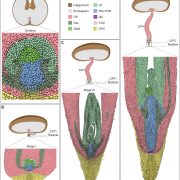
Embryo protection after germination in date palm (Plant Cell)
Plant Science Research WeeklyPlant morphogenesis is a dynamic process that can be modulated in response to environmental cues. In this work, Xiao et al. characterized germination and seedling development in date palm. After germination, the cotyledonary petiole grows, but the embryo development is paused. At early stages of development…
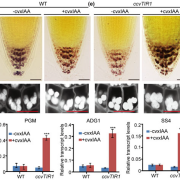
Auxin-mediated statolith production for root gravitropism (New Phytol)
Plant Science Research WeeklyPlants have evolved the ability to perceive and respond to gravity, one of the most persistent external cues. This response process, termed gravitropism, has been extensively studied for its importance in plant development and its potential to improve agronomic traits of crops. The gravitropic response…
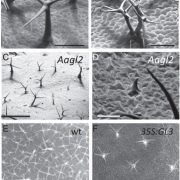
Genetic and Molecular analysis of trichome development in Arabis alpina $ (PNAS)
Plant Science Research WeeklyTrichomes (plant hairs), arise from epidermal cells of plants. The molecular mechanism involved in the development of trichomes of plants has been well studied in Arabidopsis thaliana. In this paper, Chopra et al. have identified key regulators of leaf trichome development in Arabis alpina, a species…
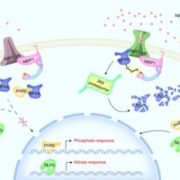
Nitrate–NRT1.1B–SPX4 cascade integrates N and P signaling networks (Nature Plants)
Plant Science Research WeeklyPlants need several mineral nutrients for their optimal growth and development. This is contingent on a proper nutrient balance particularly between the two most required essential elements, nitrogen (N) and phosphorus. Even though considerable success has been achieved in understanding the molecular…
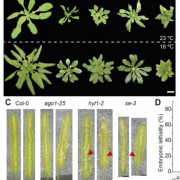
Alternative usage of miRNA-biogenesis co-factors in plants at low temperatures (Development)
Plant Science Research WeeklyAs in animals, plants produce microRNAs that are also key developmental regulators. Unlike some animals, plants are more exposed to environmental factors that alter cellular processes. Ré et al. show here that phenotypic defects produced by loss-of-function mutations in key proteins of Arabidopsis miRNA…

